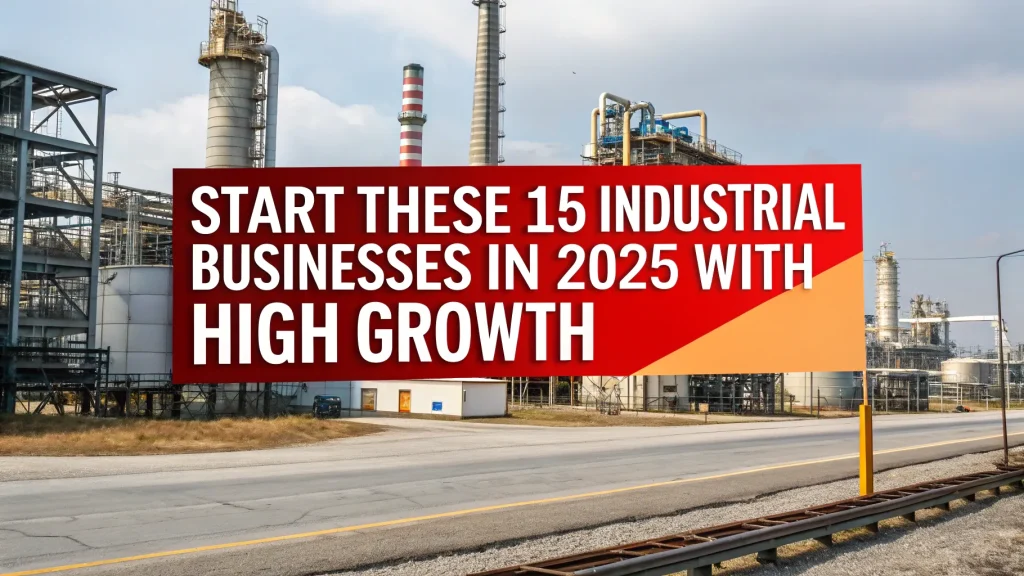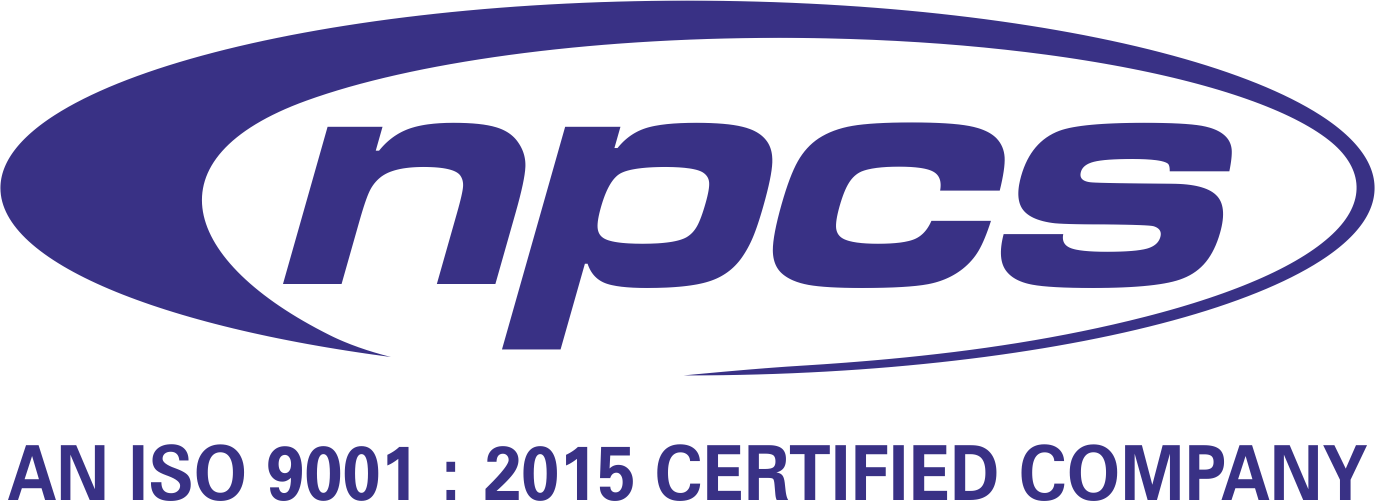Product
Modern glass fibre reinforced polymer (GFRP) rebar has many advantages over conventional steel rebar. It is used as reinforcement in concrete constructions and provides more strength and ductility when compared to conventional steel rebar. Due of its increased robustness, extended lifespan, and versatility in shaping, it is great for a variety of applications.
The GFRP rebar plant is the facility where the rebar is made. A production line and other equipment needed for fabricating and assembling the rebar are normally housed at the facility. Also, the facility needs a skilled workforce to create and put together the composite components as well as operate and maintain the equipment.
The Production Process
There is no one-size-fits-all way of manufacturing glass fibre reinforced polymer (GFRP) rebar because the industry is still in its early stages of development. Nonetheless, the process frequently includes these simple steps:
1. Preparation: Start by obtaining the rebars’ raw ingredients, such as the glass fibres, polymers, and other additives.
2. Mixing and blending the uncooked ingredients to create a uniform mixture. Include the raw components in the proper ratios.
3. Extrusion: The mixture is pushed through an extruder to produce long, GFRP rebar strands in various diameters and shapes.
4. Testing: Each batch of GFRP rebar needs to be checked to ensure that it satisfies the appropriate criteria. 5. Finishing: To strengthen the GFRP rebars’ durability and aesthetic appeal, it is tested, trimmed, and given protective coatings.
Once each of these processes is complete, the GFRP rebar is ready for sale.
The Market For GFRP Rebar
Rebar constructed of glass fibre reinforced polymer (GFRP), a replacement for traditional steel rebar, is gaining popularity. It is being employed in building projects on a greater scale because of its corrosion resistance and ability to reinforce concrete structures while still being lightweight. As a result, GFRP rebar is gaining popularity, particularly in countries with infrastructure corrosion problems.
In the US, GFRP rebar usage has increased in parking garages and bridge decks. Also, it is being utilized increasingly frequently in a variety of construction types, such as water tanks, precast buildings, and marine structures. As more cities begin to integrate it in their building regulations, it is becoming to become the standard for construction projects. Europe is beginning to see the application of GFRP rebar in significant construction projects. It is now utilized in various countries, including Spain and Italy, for seismic retrofitting projects and bridge decks. Moreover, GFRP rebar is being utilized in France and Germany to construct energy infrastructure and stop coastal erosion.
Asia is a second region that has begun using GFRP rebar in its projects. Japan is especially interested in this technology due to the earthquake-prone nature of its infrastructure. Thailand, China, and India are just a few of the countries employing GFRP rebar in their construction projects.
In conclusion, GFRP rebar is increasingly in demand around the world.
The Business Case For GFRP Rebar
Glass fibre reinforced polymer (GFRP) rebar is a reliable, cost-effective, and long-lasting reinforcement alternative for a variety of architectural applications. GFRP has a number of benefits over traditional steel rebar, including enhanced tensile strength, flexibility, and corrosion resistance. Moreover, it is more cost-effective than steel in most applications, making it a sensible option for many of businesses.
The market for this type of rebar is expanding rapidly as awareness of its benefits and cost savings increases. This creates a strong business opportunity for those interested in the construction sector. Starting a venture in this space could be a smart investment with promising profit potential.
Uses and Applications
Because it offers greater strength, flexibility, and corrosion resistance than conventional steel and aluminium reinforcing bars, glass fibre reinforced polymer (GFRP) rebar is a great substitute. Due to its numerous advantages, GFRP rebar, which has long been utilised in the building industry, has recently acquired popularity.
GFRP rebar could transform construction by being ideal for various projects, from large foundations and bridges to smaller walls and walkways. It is easier and cheaper to transport and install compared to traditional steel or aluminum reinforcement. Additionally, its high melting point makes it fire-resistant, helping maintain structural strength in hot conditions.
There is a significant chance for growth and expansion for individuals wishing to launch a GFRP rebar business.
Benefit Of Starting Glass Fiber Reinforced Polymer (GFRP) Rebar Business
Each entrepreneur can gain from founding a Glass Fiber Reinforced Polymer (GFRP) Rebar company. GFRP rebar is a favoured solution for concrete reinforcing due to its superior strength, corrosion resistance, and lightweight. The technology is booming in the building industry and is an alluring opportunity for investors.
One of the key advantages of investing in this type of construction material business is the potential for stable and recurring income. Its use in infrastructure and building projects offers consistent demand, while its cost-effectiveness appeals to budget-conscious contractors. With lower maintenance needs compared to traditional materials, long-term savings are another benefit. As the industry continues to adopt newer, more efficient solutions, early investment in this growing sector could provide a strong competitive edge.
Also Read: 5 Reasons Why Market Research is Vital for Start-ups
NPCS (Niir Project Consultancy Services)
Businessmen and entrepreneurs might benefit from obtaining detailed reports from NPCS (Niir Project Consultancy Services), and they soon recognize this through resource sales. Following are few justifications for purchasing NPCS report:
Detailed Market Analysis
NPCS reports include market research reports to understand market size, growth rates, and demand and supply volumes of the particular special area, as well as the analysis of key players.
Feasibility Studies
Derived feasibility studies or reports on how doable are those projects enable potential investors to ascertain if they have an opportunity/exist together with the returns and risks involved.
Industry Trends and Forecasts
NPCS Reports enables the stakeholders to recognize some emerging trends along with potential upcoming forecasts, which can facilitate an organization in their strategic decision-making.
Technological Insights
File reports under technological insights to show how new technologies impact a specific sector.
Regulatory Framework
Understanding the regulatory background of an industry or market will be a key variable for business planning. The NPCS reports, provide all the details relating to formulating regulations and possible modifications.
Competitive Landscape
NPCS reports further describes the competitive landscape within an industry which includes top comprehensive company profiling of leading players and analysis of each player such as a company overview, revenue shares, market forecast.
SWOT Analysis
These reports include SWOT (Strengths, Weaknesses, Opportunities and Threats) analysis relative to the sector to make clear for investors how those factors will help in gaining or losing more from this sector.
Investment Guidance
NPCS reports are perfect reason for the entrepreneurs wishing to know more about facets of the industry and for fresh assays, buyers and other interested parties in it.
Business Planning
Having a business plan in place is a must for establishing or advancing an existing venture. RPCS market research reports cover forecasts, sales, strategies, and market share to help you understand your business.
Tailored Information
Furthermore, it allows for specific requirements related to business with the guarantee that most renewal information is relevant and useful.
In conclusion, NPCS report is really valuable for identifying a sector, decision-making and launching any product into the market or investment strategy





